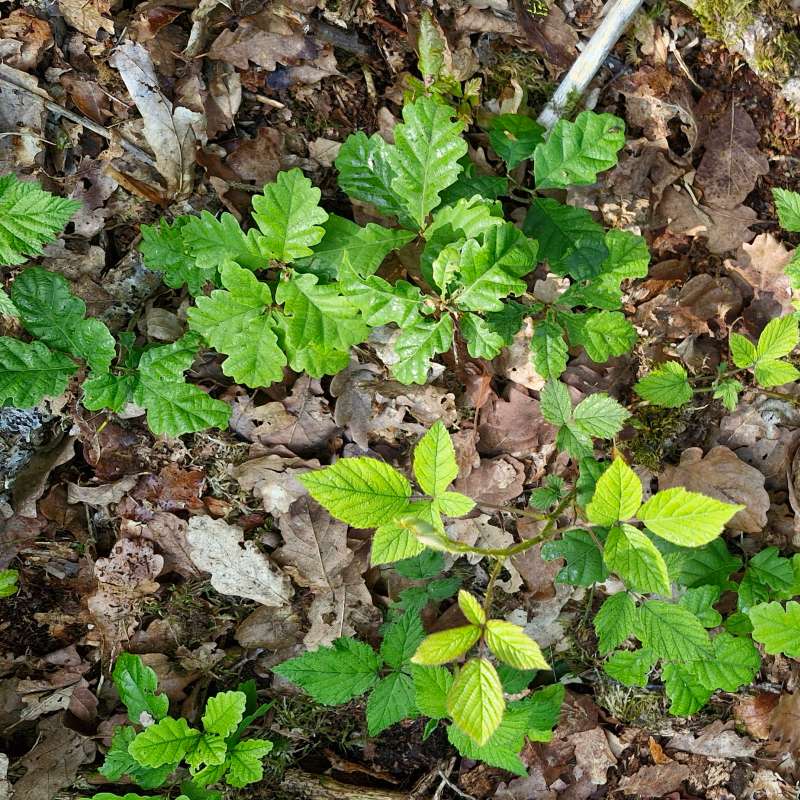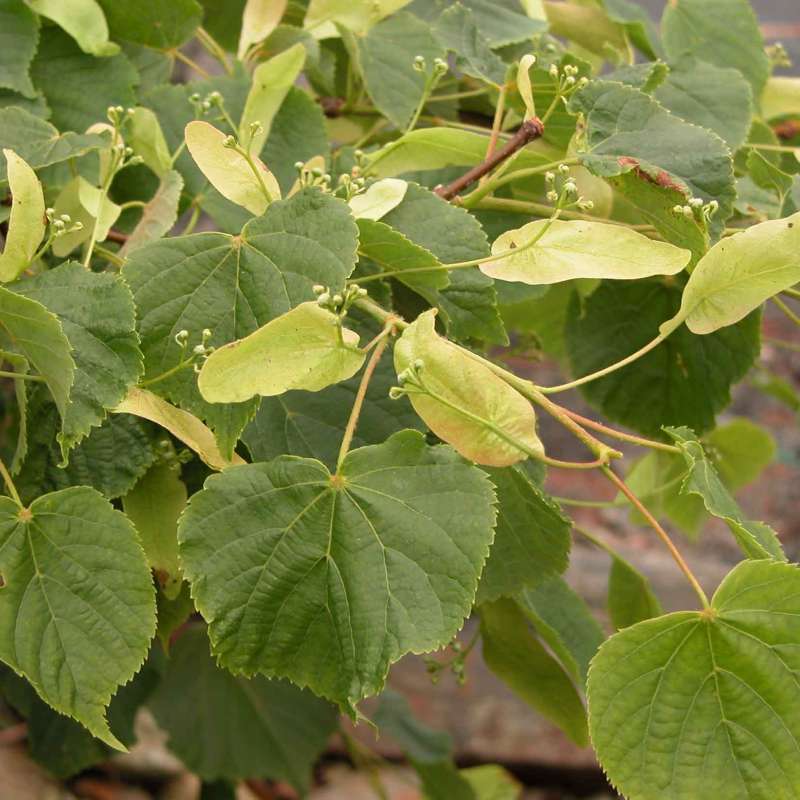Mari Mette Tollefsrud
Forsker
(+47) 907 60 870
mari.mette.tollefsrud@nibio.no
Sted
Ås - Bygg H8
Besøksadresse
Høgskoleveien 8, 1433 Ås
Forfattere
Fride Høistad Schei Mie Prik Arnberg John-Arvid Grytnes Maren Stien Johansen Jørund Johansen Anna Birgitte Milford Anders Røynstrand Mari Mette TollefsrudSammendrag
Det er ikke registrert sammendrag
Forfattere
Mari Mette TollefsrudSammendrag
Det er ikke registrert sammendrag
Forfattere
Jennifer James Chedly Kastally Katharina B. Budde Santiago C. González-Martínez Pascal Milesi Tanja Pyhäjärvi Martin Lascoux Paraskevi Alizoti Ricardo Alía Olivier Ambrosio Filippos A Aravanopoulos Georg Von Arx Albet Audrey Francisco Auñón Camilla Avanzi Evangelia Avramidou Francesca Bagnoli Marko Bajc Eduardo Ballesteros Evangelos Barbas José M García Del Barrio Cristina C Bastias Catherine Bastien Giorgia Beffa Raquel Benavides Vanina Benoit Frédéric Bernier Henri Bignalet Guillaume Bodineau Damien Bouic Sabine Brodbeck William Brunetto Jurata Buchovska Corinne Buret Melanie Buy Ana M Cabanillas-Saldaña Bárbara Carvalho Stephen Cavers Fernando Del Caño Sandra Cervantes Nicolas Cheval José M Climent Marianne Correard Eva Cremer Darius Danusevičius Benjamin Dauphin Jean-Luc Denou Bernard Dokhelar Alexis Ducousso Bruno Fady Patricia Faivre-Rampant Anna-Maria Farsakoglou Patrick Fonti Ioannis Ganopoulos Olivier Gilg Nicolas De Girardi René Graf Alan Gray Delphine Grivet Felix Gugerli Christoph Hartleitner Katrin Heer Enja Hollenbach Agathe Hurel Bernard Issenhuth Florence Jean Véronique Jorge Arnaud Jouineau Jan-Philipp Kappner Robert Kesälahti Florian Knutzen Sonja T Kujala Timo A Kumpula Katri Kärkkäinen Mariaceleste Labriola Celine Lalanne Johannes Lambertz Gregoire Le-Provost Vincent Lejeune Isabelle Lesur-Kupin Joseph Levillain Mirko Liesebach David López-Quiroga Ermioni Malliarou Jérémy Marchon Nicolas Mariotte Antonio Mas Silvia Matesanz Benjamin Meier Helge Meischner Célia Michotey Sandro Morganti Tor Myking Daniel Nievergelt Anne Eskild Nilsen Eduardo Notivol Dario Isidro Ojeda Alayon Sanna Olsson Lars Opgenoorth Geir Østreng Birte Pakull Annika Perry Sara Pinosio Andrea Piotti Christophe Plomion Nicolas Poinot Mehdi Pringarbe Luc Puzos Annie Raffin José A Ramírez-Valiente Christian Rellstab Dourthe Remi Oliver Reutimann Sebastian Richter Juan J Robledo-Arnuncio Odile Rogier Elisabet Martínez Sancho Outi Savolainen Simone Scalabrin Volker Schneck Silvio Schueler Ivan Scotti Sergio San Segundo Vladimir Semerikov Lenka Slámová Ilaria Spanu Jørn Henrik Sønstebø Jean Thevenet Mari Mette Tollefsrud Norbert Turion Fernando Valladares Giovanni G. Vendramin Marc Villar Marjana Westergren Johan WestinSammendrag
Det er ikke registrert sammendrag

Divisjon for skog og utmark
OakBreed: Motorveien til genetisk forbedret eikefrø
OakBreed-prosjektet har som mål å etablere langsiktig foredling av eik i Norge. Fokus er på to hjemmehørende arter: sommereik (

Divisjon for skog og utmark
OptFORESTS - Harnessing forest genetic diversity for increasing options in the face of environmental and societal challenges
OptFORESTS har som overordnet mål å bidra til bevaring og bruk av skogtregenetiske ressurser i Europa og er en oppfølging av ambisjonen i EUs grønne giv (Green Deal) om å plante 3 milliarder trær i EU innen 2030. Skogplantingen vil øke karbonbindingen og tilføre samfunnet mer trevirke som en sentral del av grønn omstilling. OptFORESTS rolle er å utvikle både skogfaglig og sosiokulturell kunnskap for å kunne ta flere treslag i bruk i skogbruket, bidra til restaurering av skog og øke produksjonskapasiteten i skogplanteskolene i Europa. NIBIO er sammen med 18 andre institusjoner fra 15 land partner i dette prosjektet som går helt til 2027.
